A Practical Guide to a Calming Classroom
Anxiety in the classroom is increasing in both students and teachers. This creates an added layer of complexity for educators as we continue to tackle mental health and its impacts. To help you out, we’ve put together a practical guide to creating a calming classroom to decrease anxious feelings and increase wellbeing. Take a look at our Do This/Don’t Do This list on lighting, clutter, visual schedules, and safe spaces. Feel free to share with colleagues!
1) Switch Up YourLighting!
Do This:
- Use filtered or full-spectrum lights to increase feelings of calm and focus. What teacher doesn’t want that?!
- Combine artificial and natural light. Sunlight is healthy!
- Try indirect and warm artificial light. Invest in a lamp or three.
- Hang flame-retardant cloth over standard fluorescent lights. They come in cool patterns and colors!
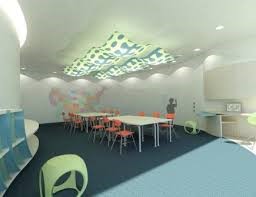
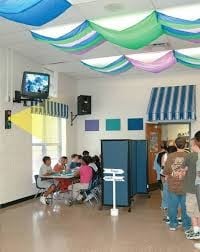
Don’t Do This:
- Use fluorescent lights all day, everyday. It makes my eyes tired even thinking about it.
2) Minimize visual clutter!
Do This:
- PURGE! If you are not using it for teaching and/or learning, you don’t need it. (You could also hold it in your hand to see if it SPARKS JOY.)
- Cover bookshelves with flame-retardant cloth. (Panel curtains and tension rods work well for this.) You can also store items books and materials in cupboards.

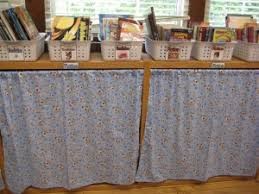
Hang posters that provide cues and necessary information for learning. Consider making displays interactive so you are reinforcing concepts being learned vs. just decorating your classroom.
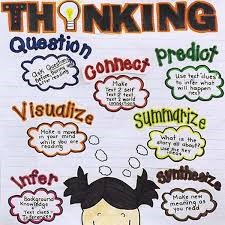

Ask your students for input. They know what they need in order to learn and may have great ideas on how to better organize the space. It’s their classroom, too, so let them have a voice.
Include white space on your walls. It gives the eyes a break and helps better distinguish the important components of the display.
Don’t Do This:
Cover your walls with posters, bulletin boards, quotes, student art, etc. Research shows doing so makes your students have to split their focus between extraneous visual information and the content we want them to learn.
Over use color. Some is good, but too much is distracting.
Create piles. Take some time each week to file, move unused items to storage, clear your desk, etc. (Going paperless might help as well.)
3) Post a visual schedule.
Do This:
Review it first thing in the morning or at the beginning of class.
Make it large enough for all to see.
Provide a smaller (desk-friendly checklist) version for students who may struggle with transitions and/or organization.
Consider individualized visual schedules for students with special needs. They often have “appointments” and/or services throughout the school day and need a method to track days/times.
Give students a heads-up as soon as possible when there is a change to the schedule.
Refer to the schedule often as a method of teaching students how to self-monitor. (For example, “Hmmmm, let me see what’s coming up next.”)

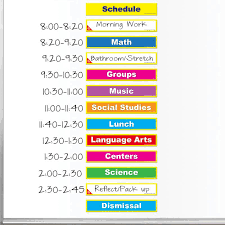
Don’t Do This:
Create a schedule and never follow it. This can create more challenges than not having a schedule at all, especially for students who need consistency and routine.
4) Create a safe space.
Do This:
Create a culture of safety in your entire classroom from Day 1. This sets the stage for teaching students social and emotional skills and encouraging students to support one another.
Choose a space removed from other classroom activities. Consider using bookshelves or dividers to partition the space off. For younger grades, a tent might work too!
Provide “calm down” activities like glitter jars, headphones, books, a box of calm, etc. It’s often helpful to have something to involve each of the five senses.
Teach ALL students how to use the safe space. Post expectations in the space and provide visuals to help students walk through calming strategies. We can’t expect students to just know how to calm themselves. It is something we need to explicitly teach and model.
Consider having students rate their emotions before they go to the safe space and after they have taken a break in the space. This will help increase self-regulation and metacognition. (The Five Point Scale or Zones of Regulation work well for this.)
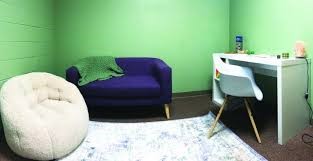

Don’t Do This:
Send kids to the safe space. Instead, quietly and privately tell the child what you are observing and suggest they use the space. (For example, “I notice your breathing is more rapid, and I wonder if you could use a break. This might be a great time to use our classroom safe space.”)
Use the safe space as a punishment or consequence. We want learners to opt into the space to learn to self-regulate and choose appropriate behaviors. We do NOT want them to see it as a place they go if they misbehave.
Only allow certain students into the space. We all need strategies to self-soothe, and we all need a break every now and again. Coping is actually a necessary life skill!






